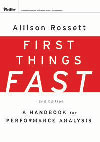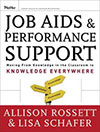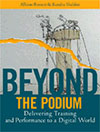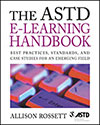Guest blogger Jim Marshall could tell this wasn’t going to be your typical training class– not with that segue to a coffee break.
Here’s what Jim wrote about his experience observing a class with 22 sworn peace officers from municipal, state and federal agencies. The topic for the class: managing an active shooter.
The class began with the history of active shooters— starting with Charles Whitman’s 1966 Texas clock tower massacre and extending to Monday’s Ohio school shooting.
The instructor made it clear. The rules have changed. Managing an active shooter requires a quick response. That differs from the traditional approach characterized by contain, wait and negotiate. Interviews with parents of the Columbine victims demonstrated the tragic results of waiting on the periphery.
The 22 officers were present to learn and practice the non-traditional response to an active shooter.
Equally non-traditional was the method of instruction and its delivery. That’s why I was there. No expert on shooting, I was there as part of an examination of virtualized training techniques for law enforcement. My research is about evaluation of technology for performance outcomes.
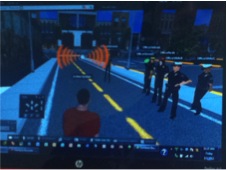 Following an introduction, officers organized into four-person teams, donned headsets and identified with pre-produced avatars in a specially-designed Second Life world. Participants explored the Second Life world while practicing active shooter formations and room entry procedures. The instructor, also present as an avatar in the virtual world, coached the officers’ avatars through each exercise. He praised good communication, and coached the group when communications were scarce.
Following an introduction, officers organized into four-person teams, donned headsets and identified with pre-produced avatars in a specially-designed Second Life world. Participants explored the Second Life world while practicing active shooter formations and room entry procedures. The instructor, also present as an avatar in the virtual world, coached the officers’ avatars through each exercise. He praised good communication, and coached the group when communications were scarce.
Occasionally, the instructor asked the officers to stop and observe their positions and surroundings. How were they doing? Sometimes the news was good, but sometimes the team had managed to produce a useful non-example. All such instances proved helpful as the officers worked their way through Second Life buildings, abandoned warehouses and apartment complexes. Second Life provided opportunities for many practices in varied circumstances.
Following a lunch break, the officers put their honed formation skills to the test in the Tactical Village. 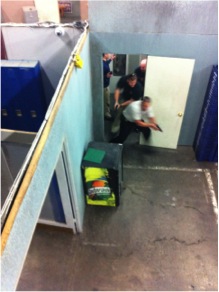 You have probably seen these mocked-up rooms, hallways and alleys on television. They make for very realistic opportunities for physical practice, especially with the repeated sound of gunfire indicating an active shooter is on the loose somewhere in the vicinity. But where?
You have probably seen these mocked-up rooms, hallways and alleys on television. They make for very realistic opportunities for physical practice, especially with the repeated sound of gunfire indicating an active shooter is on the loose somewhere in the vicinity. But where?
Ultimately, the agency is investigating the efficacy of virtualized training for reducing time-to-performance. In this class, the desired performance is good decisions when confronted by threats from an active shooter. Today’s course, and a handful of others like it, will begin to define an optimal “blend” of Second Life virtual practice and time spent in the Tactical Village.
Jim Marshall is an Assistant Professor of Educational Technology at San Diego State University.

